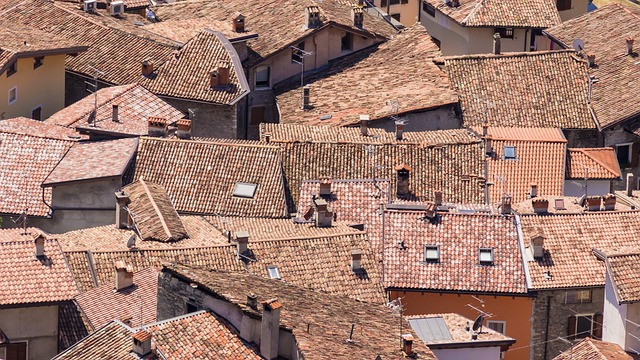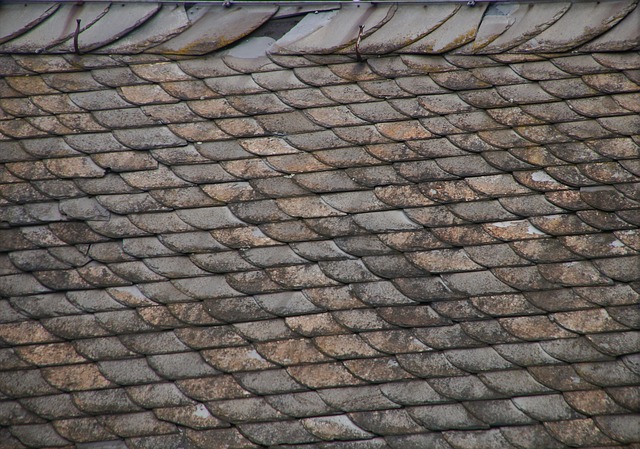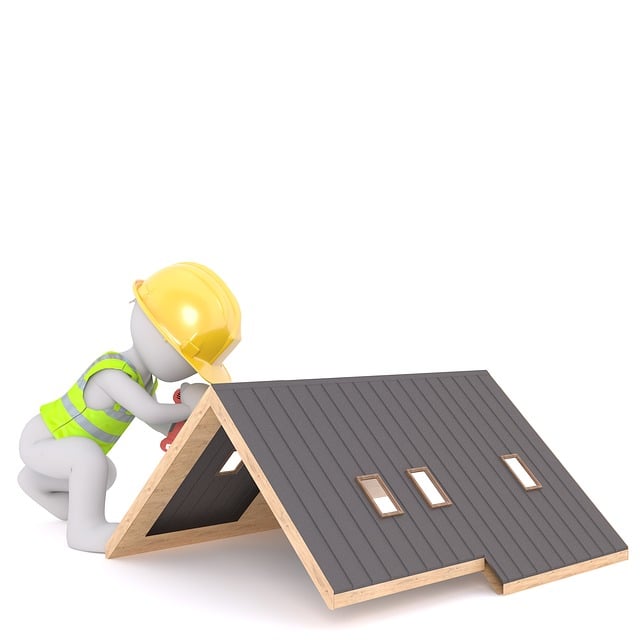After a storm, it's crucial to have a roofer inspect your property for any potential damage that could compromise your home's safety and integrity. Roofers are trained to identify subtle signs of wear that might not be obvious to the untrained eye, such as missing shingles, granule loss, or damaged flashing. These professionals conduct thorough inspections to assess damage severity and advise on necessary repairs or replacement. Prompt attention to these issues is key to preventing further problems like water penetration, which can lead to structural decay, mold infestations, and a decline in your home's value.
Routine inspections by skilled roofers help catch minor issues early, reducing the risk of escalated damage and ensuring the longevity of your roof. They understand the complexities of environmental interactions with roofing materials and can provide long-term solutions tailored to your specific environment and climate. Regular maintenance is essential for maintaining the structural integrity and protective function of your roof, safeguarding your property investment and ensuring the safety and comfort of occupants.
In the event of storm damage, professional roofers play a vital role in assessing the extent of the damage and offering immediate, sustainable repairs. They also provide maintenance advice and evaluations for long-term structural health. After a storm, it's imperative to secure a professional roofer for a detailed inspection to ensure that any potential issues are addressed promptly, preventing further damage and ensuring your home remains secure against future weather events and aging effects.
When nature unleashes its fury, homeowners face the daunting task of assessing roof damage from storms or wear over time. This article serves as a robust guide for homeowners to navigate the complexities of post-storm roof evaluations and understand the nuances of long-term wear and tear. We delve into identifying specific damages caused by severe weather, the critical role of professional roofers in performing thorough assessments, and the importance of timely repairs to prevent further deterioration. Homeowners will learn step-by-step inspection techniques, essential considerations for choosing a reliable roofer, and documenting damage effectively. Additionally, the article addresses navigating insurance claims, understanding coverage options, and implementing cost-effective solutions for repair. It also emphasizes preventative measures to safeguard against future roof damage and clarifies when it’s most advantageous to replace or repair your roof. With this comprehensive toolkit, homeowners can make informed decisions and ensure their homes remain protected under any sky.
- Understanding Roof Damage: A Comprehensive Guide for Homeowners
- The Role of Professional Roofers in Post-Storm Assessments
- Identifying Common Storm-Related Roof Damages
- Long-Term Wear and Tear: What to Look For on Your Roof
- Step-by-Step: How to Safely Inspect Your Roof After a Storm
Understanding Roof Damage: A Comprehensive Guide for Homeowners
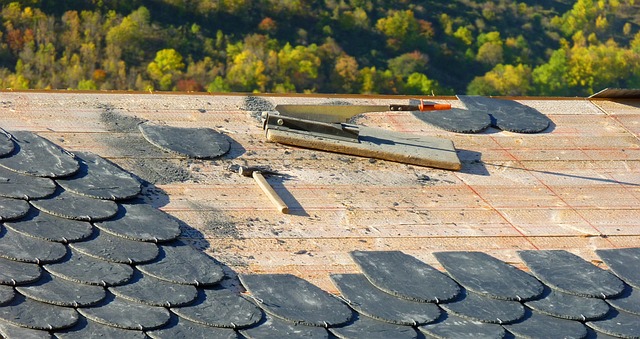
When assessing roof damage, whether from recent storms or the gradual wear and tear of time, homeowners must approach the situation with a methodical eye. A qualified roofer is an invaluable asset in this process, as they can pinpoint issues that might be overlooked by the untrained observer. Signs of damage may include missing shingles, cracked tiles, or granule loss, which can all compromise the integrity of your roof structure. Upon inspection, a roofer will evaluate the extent of the damage and provide recommendations for necessary repairs or replacement. It’s crucial to address these issues promptly, as neglect could lead to more significant problems such as water intrusion, which can cause structural deterioration and mold growth, ultimately affecting your home’s safety and value. A roofer’s expertise lies not only in identifying damage but also in understanding the interplay between various roofing materials and their performance under different environmental conditions. This knowledge ensures that repairs are not only effective but also sustainable, offering a durable solution tailored to your specific needs and local climate. Regular inspections by a professional roofer can help prevent minor issues from escalating into major expenses, ensuring the longevity and protection of your home’s most critical component.
The Role of Professional Roofers in Post-Storm Assessments
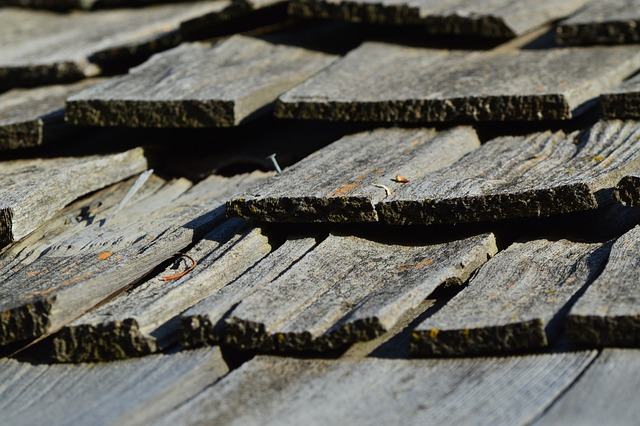
When a storm sweeps through, it can leave behind a trail of destruction that often includes significant damage to residential and commercial roofing systems. In such scenarios, the role of professional roofers becomes critical in post-storm assessments. These experts are trained to identify even the most subtle signs of damage that might not be immediately visible or apparent to the untrained eye. Their expertise is essential in determining the extent of the damage, which can range from missing shingles and compromised flashing to more severe structural issues. A prompt and thorough inspection by a professional roofer after a storm is crucial for homeowners and building managers to understand the condition of their roofs and to take timely action to prevent further water intrusion or structural compromise.
Moreover, over time, environmental factors such as wind, hail, snow, and sun exposure can wear down roofing materials, leading to leaks, energy inefficiencies, and potential safety hazards. Professional roofers bring a comprehensive skill set to the table, including regular maintenance advice, long-term structural health evaluations, and the ability to perform repairs that are both durable and cost-effective. Their ongoing assessments ensure that roofs can withstand future weather events and maintain their integrity throughout their lifespan. By engaging the services of a seasoned roofer, property owners can rest assured that their roofs are in capable hands, safeguarding their investments against the elements and ensuring the safety and comfort of the occupants within.
Identifying Common Storm-Related Roof Damages

When assessing roof damage post-storm, it’s crucial to conduct a thorough inspection by a professional roofer. High winds can cause shingles to lift, crack, or even tear off entirely, leaving your home vulnerable to water intrusion. After a storm, homeowners should look for signs of missing granules on asphalt shingles, which protect the shingle from UV rays and water damage; these granules, if significantly depleted, indicate that the roof has been exposed to strong winds and may require repair or replacement. Additionally, check for tears, curling, or bruising in the shingles, as these can compromise the integrity of your roofing system. A roofer with expertise in storm damage will be adept at identifying such issues and can provide a detailed assessment of the necessary repairs. Furthermore, if there are trees on your property with limbs that have come into contact with the roof, it’s imperative to address this promptly, as it can lead to additional damage over time due to moisture trap created by the limbs resting against the shingles.
Beyond visible damage, a roofer will also inspect for less conspicuous signs of storm damage, such as leaks or water stains in the attic, which may not be immediately apparent from the ground. These can indicate that the storm has compromised the underlayment or flashing, areas critical to the roof’s waterproofing capabilities. A competent roofer will use specialized tools and techniques to detect such issues, ensuring that any resulting leaks are addressed before they cause further damage to your home’s structure or interior. It’s important to act swiftly after a storm to minimize potential long-term problems; a reliable roofer can provide the expertise necessary for a comprehensive repair job, safeguarding your home against future storms and wear over time.
Long-Term Wear and Tear: What to Look For on Your Roof
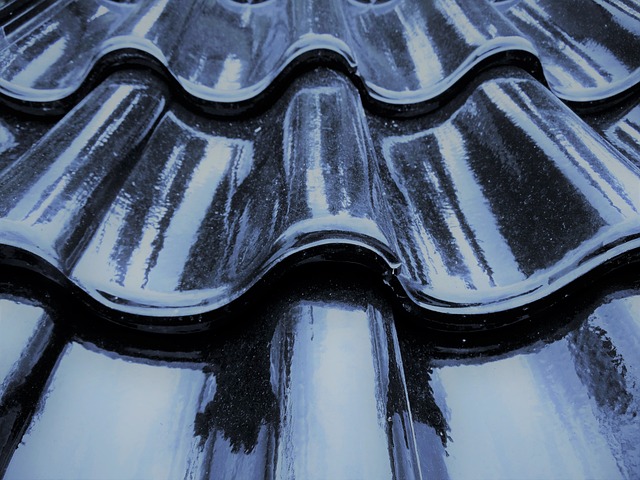
When evaluating the longevity and integrity of your roof, it’s crucial to remain vigilant against long-term wear and tear. Over time, environmental factors such as wind, hail, snow, and sun exposure can all contribute to degradation. A professional roofer should conduct regular inspections to identify potential issues before they escalate. Shingles may curl, crack, or lose granules, which are vital for weatherproofing. These changes can compromise the roof’s ability to shield your home from moisture intrusion. Gutters and downspouts should also be assessed, as clogs or misalignments can lead to water damage on the roof deck. Flashing points, where different parts of the roof meet, are prone to leaks if not properly sealed; a roofer’s expertise is essential in maintaining these seals. Additionally, the underside of the roof in the attic should be checked for signs of moisture or sunlight penetration, indicating potential breaches that need immediate attention from a skilled roofer. Regular maintenance and timely repairs by a professional roofer are key to extending the life of your roof and protecting your home from costly water damage. Keeping an eye on these aspects can help you preemptively address any concerns, ensuring your roof remains in top condition for years to come.
Step-by-Step: How to Safely Inspect Your Roof After a Storm
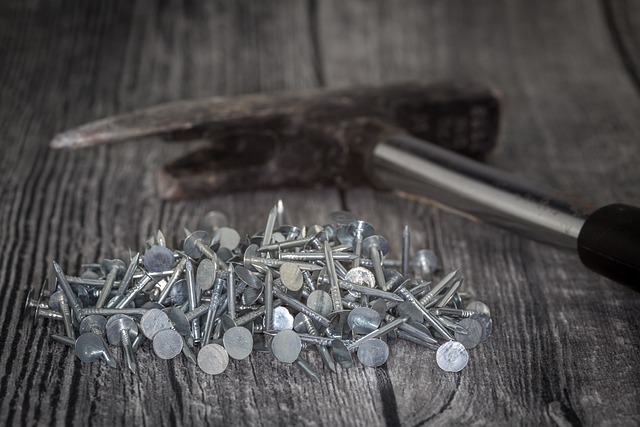
When storms hit, your roof can take a significant beating, potentially leading to damage that requires immediate attention. To ensure the safety and integrity of your home post-storm, a thorough roof inspection is paramount. Begin by safely accessing your roof, which may involve using a sturdy ladder and ensuring it’s placed on a firm, level surface. If you lack experience with ladders or have concerns about stability, it’s wise to engage the services of a professional roofer. Once on the roof, proceed with caution, walking carefully on sturdy footing to avoid slips and falls.
A qualified roofer can provide a comprehensive assessment, but if you choose to inspect the roof yourself, start by surveying the overall structure for any visible signs of damage. Look for cracked or missing shingles, as these can compromise your home’s waterproofing. Pay particular attention to areas where the roof meets other parts of the house, such as chimneys and vents, which are common points of vulnerability during storms. Note any debris, like fallen branches or foreign objects, that might have landed on the roof during the storm. These can cause additional damage if left unaddressed. After your initial assessment, document your findings with clear photographs for reference. If you suspect significant damage or if the inspection reveals issues beyond your expertise to handle, contact a local roofer immediately for a detailed evaluation and necessary repairs. Their expertise is crucial in ensuring that any damages are properly addressed, thereby protecting your home from further harm.
After navigating the intricacies of roof anatomy and the impact of environmental factors, homeowners are now equipped with the knowledge to identify and address both storm-related damage and the creeping effects of long-term wear and tear. This comprehensive guide underscores the significance of timely and expert evaluations by professional roofers. By understanding common signs of damage and knowing how to conduct a safe post-storm inspection, property owners can make informed decisions about necessary repairs or replacements. In light of these insights, it becomes clear that maintaining a vigilant watch over one’s roof is a crucial aspect of home maintenance, ensuring the structural integrity and safety of your residence. For any concerns or uncertainties regarding your roof’s condition, consulting with a reputable roofer is always advisable to safeguard your property against the elements and the passage of time.
